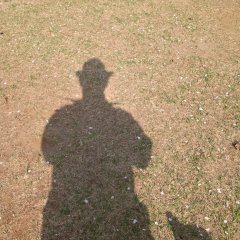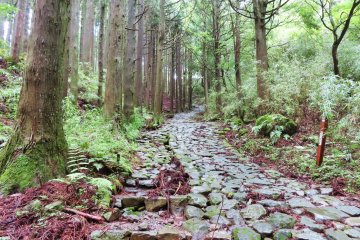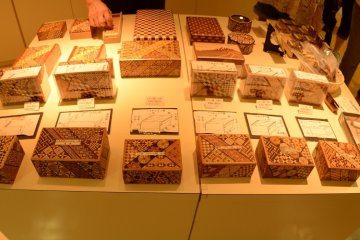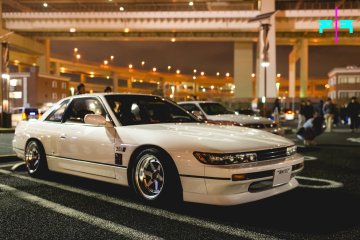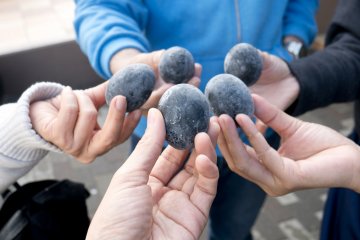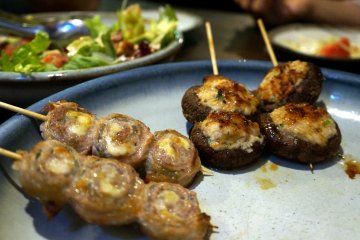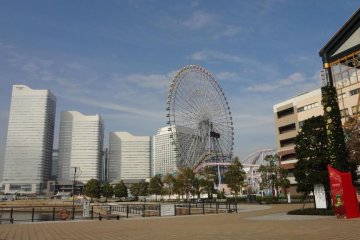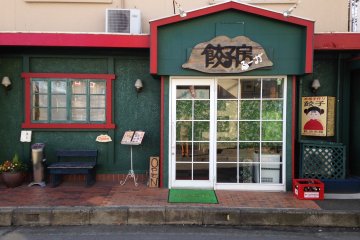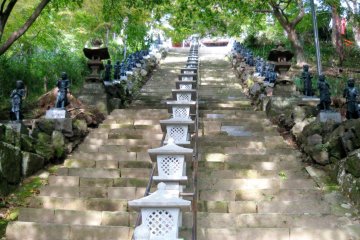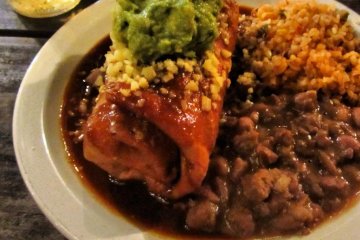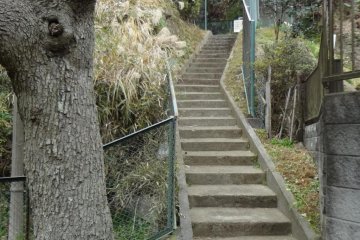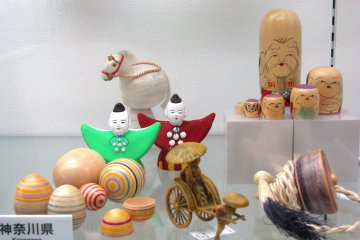While waiting for my friends to arrive at Odawara on our way to Hakone, I decided to walk around the station a little bit; I had an hour to kill. It was Sunday and travellers visiting Odawara Castle were aplenty. I had been there before; thus, this time I wanted to see the different faces of the hub station.
No matter how many times you've visited a place or how frequently you’ve been at a particular site, there is always something new to see; there are always a few new scenes that you could stumble upon. Among other things, this time, I discovered Hōjō Sōun (北條早雲, 1432–1519). To be more precise, I bumped into the statue of Hōjō Sōun located on the west side of the station in the middle of the bus and taxi rotary. It is made of bronze and was built in the second year of the Heisei Era. Hōjō Sōun was mounted on a horse over rampaging oxen; the handsome horse's front hooves are suspended in mid-air as if it's about to fly.
Hojo Soun (北条早雲), a powerful samurai from the Taira lineage and head of the Hōjō Clan, was the most famous Japanese feudal lord of Odawara during the Sengoku Period (c. 1467–c. 1600) – a tumultuous era in Japanese history.
Reynald Ventura @reynald.ventura
I have a little garden: slightly bigger than the forehead of a cat. I grow herbs: parsley, sage, rosemary, and thyme, and mint, and lemon grass, and lavender, and basil. Occasionally, I cook for myself. Sometimes, my Japanese wife and my daughter like my cooking. I come from the Philippines – ...

